Ashikawa Family Documents (Ashikawa Family Documents)
Update date: June 27, 2017
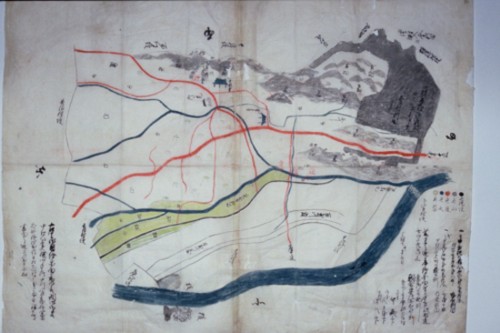
Illustrated map of Daimaru village (Ashikawa family document 96)
The Ashikawa family home, located near the Daimaru intersection in the Daimaru district, has 152 old documents from the Edo period. The contents of the documents are as follows:
Illustrated map of Daimaru village (Ashikawa family document 96)
Musashi Province Tama County Harachi Shinden Land Survey Record (Ashigawa Family Documents 2)
Shogunate
Regarding the submission of the card [Regarding the petition for the construction of an irrigation channel in Tamagawa] (Ashigawa Family Documents 10)
The Omaru Canal, which was created by taking water from the Tama River in the Omaru district, was used as an agricultural water source to irrigate the rice fields of nine villages in the basin, and was maintained and managed by an irrigation association. This historical document was created after the irrigation water intake facilities were destroyed by a flood of the Tama River.
Kanto-bound Supervision Report (Ashikawa Family Documents 133)
From the middle of the Edo period onwards, the number of small farmers increased, and more people left their villages. Public order in rural areas and cities deteriorated, and in response to this, the "
Daimaru Village Five-Man Gang Punishment Record (Ashikawa Family Documents 138)
The Gonin Gang was a group of five neighboring families that was formed to maintain peace and order.
Musashi Province Tama County Daimaru Village Details (Ashigawa Family Documents 152)
Created in 1870 (Meiji 3), it is a historical document that gives an overall picture of Daimaru Village.
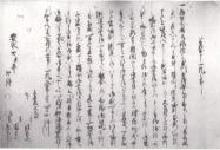
"Submit one bill" (document for water supply)
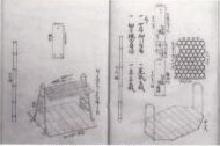
"Kanto-bound governor's attendance record"
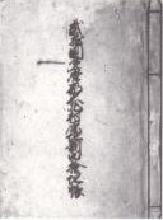
"Daimarumura Haraji Shinden land survey book"
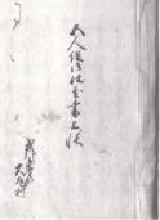
"Daimaru Village Goningumi Punishment Book"
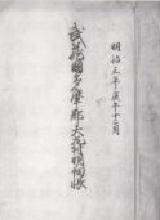
"Description book of Daimaru Village, Tama County, Musashi Province"
Inquiries regarding this page
Inagi City Education Department Lifelong Learning Division
2111 Higashi-Naganuma, Inagi-shi, Tokyo
Phone: 042-377-2121 Fax: 042-379-0491







